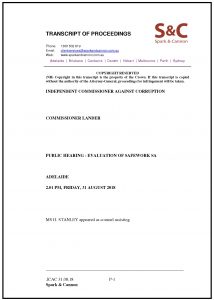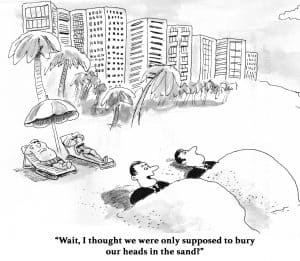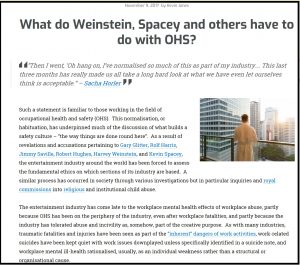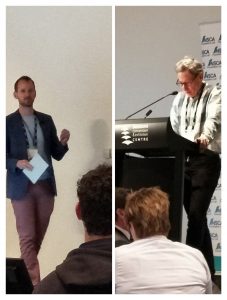The trade union push for Industrial Manslaughter laws in Australia continues as the various State and Federal elections loom. Last week the Senate Inquiry into Industrial Deaths heard the clearest explanation of the need for these laws for some time as Dr Paul Sutton of the Victorian Trades Hall Council went beyond the usual chants of “what do we want? when do we want it?”
Sutton’s proposal for the Victorian laws differs from Queensland’s by taking inspiration from England to pierce the corporate veil to the senior manager level rather than leaving it at the top executive level.

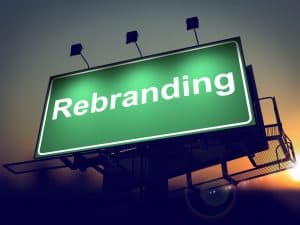 The
The 